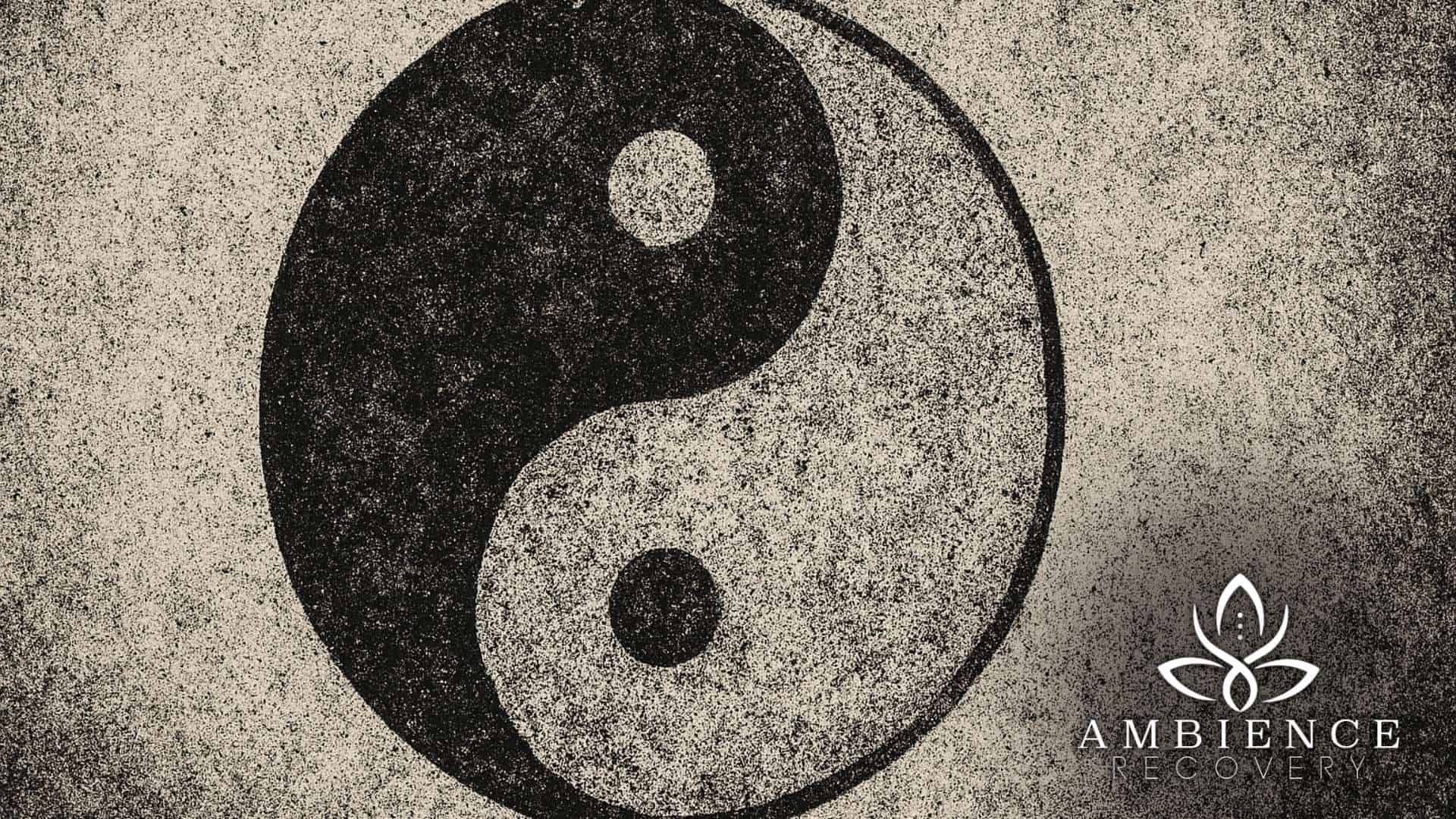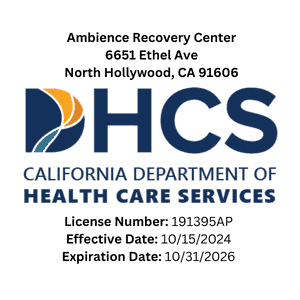Key Takeaways
- Heroin comes in different forms like black tar, China White, and brown powder, each with its own risks.
- Black tar heroin is sticky, dark, and mostly made in Mexico. It’s less refined and carries risks of infection.
- China White heroin is a fine white powder. It’s usually more potent and often mixed with fentanyl, making overdose more likely.
- All types of heroin are highly addictive and can cause serious health problems or death.
Introduction
Heroin is a powerful opioid drug that’s highly addictive and dangerous—no matter how it looks. While many people think of heroin as just “one drug,” the truth is, it comes in several different forms. The two most common types found in the U.S. are black tar heroin and China White.
Each type of heroin has a different appearance, strength, and risk. Understanding the differences between these forms can help people spot the signs of heroin use, avoid overdose, and get the help they need.
This article explains what black tar heroin and China White are, how they’re used, and why treatment is the safest path forward.
What Is Heroin and Where Does It Come From?
Heroin is made from morphine, a natural substance taken from the opium poppy plant. After being processed, it turns into a drug that affects the brain and body very quickly—producing a strong feeling of pleasure and relaxation, followed by dangerous side effects.
This opioid drug can be sold on the street as a powder or sticky black substance, depending on how and where it was made. Most of the heroin in the U.S. comes from Mexico and South America, but some forms also come from Southeast Asia.
What Is Black Tar Heroin?
Black tar heroin looks like a dark, sticky chunk of tar or hard resin. It can also come in the form of small black rocks. It’s usually made in Mexico and is one of the most common types of heroin found in the western U.S.
Because it’s less refined, black tar heroin is cheaper to make and sell. It’s often injected, although some users smoke it.
But because of its sticky texture, black tar heroin can cause more damage to the veins when injected. It can lead to:
- Collapsed veins
- Skin infections or abscesses
- Bacterial infections, including those in the heart or brain
- Increased risk of disease transmission when sharing needles
Black tar heroin is often cut with other substances, which can make its strength unpredictable and increase the chances of overdose.
What Is China White Heroin?
China White heroin is a fine, white (or off-white) powder. It’s usually more refined than black tar heroin and is commonly found in the eastern U.S. It originally came from Southeast and Southwest Asia, but is now often made in labs or smuggled in through illegal drug routes.
What makes China White especially dangerous today is that it’s often mixed with fentanyl—a synthetic opioid that is 50 to 100 times stronger than morphine. This makes it much easier to overdose.
China White can be:
- Snorted
- Injected
- Smoked
Because of its fine powder form, it can also be mixed with other drugs like cocaine or crushed pills, sometimes without the user even knowing.
China White vs Black Tar Heroin: What’s the Difference?
While both types of heroin are dangerous, there are important differences:
Appearance
Black tar looks like a sticky, dark paste or small black chunks.
China White looks like a fine white or beige powder.
Production
Black tar is mostly produced in Mexico.
China White is often made in Asia or in illegal labs elsewhere.
Method of Use
Black tar is usually injected, sometimes smoked.
China White can be snorted, injected, or smoked.
Purity & Potency
Black tar is less pure and more likely to contain plant residue or fillers.
China White is more refined and can be mixed with fentanyl, increasing overdose risk.
Health Risks
Black tar causes vein and skin damage when injected.
China White may cause immediate overdose, especially when laced with fentanyl.
Both are highly addictive and can quickly lead to tolerance, dependence, and dangerous withdrawal symptoms.
How Heroin Affects the Body
Heroin changes how your brain works. It binds to opioid receptors, blocking pain and making the user feel calm, sleepy, or euphoric. But these effects come at a cost.
Short-term effects include:
- A rush of pleasure
- Warm, flushed skin
- Heavy arms and legs
- Dry mouth
- Clouded thinking or drowsiness
Long-term use can lead to:
- Addiction
- Collapsed veins (from injecting)
- Liver and kidney damage
- Infections like HIV or hepatitis
- Mental health issues like depression and anxiety
Heroin Overdose: A Growing Risk
One of the biggest dangers of heroin—especially China White—is overdose. With the rise of fentanyl being added to street heroin, people may not know how strong the dose is. Just a tiny bit too much can stop someone’s breathing.
Signs of a heroin overdose include:
- Slow or stopped breathing
- Blue lips or nails
- Cold, clammy skin
- Very small (pinpoint) pupils
- Loss of consciousness
If you suspect someone has overdosed, call 911 immediately and use naloxone (Narcan) if available.
Signs of Heroin Addiction
It can be hard to admit when heroin use becomes a problem. But recognizing the signs early can save a life. Watch for:
- Sudden changes in appearance or hygiene
- Needle marks or burns on arms or legs
- Lying, stealing, or borrowing money
- Losing interest in hobbies or relationships
- Struggling at work or school
- Frequent mood swings or sleeping issues
Addiction isn’t about weakness—it’s a medical condition that can be treated with the right support.
Why Professional Treatment Matters
Heroin is one of the most addictive substances out there. Many people try to quit on their own but face painful withdrawal symptoms like nausea, anxiety, shaking, and cravings.
At Ambience Recovery, we provide comprehensive heroin addiction treatment that may include:
- Medically supervised detox to manage withdrawal safely
- Individual and group therapy to explore the causes of addiction
- Dual diagnosis treatment for mental health conditions
- Aftercare planning to prevent relapse
- Support groups and 12-step alternatives
We focus on helping each person regain control of their life with care, compassion, and tools for long-term success.
Conclusion
No matter what form it comes in—black tar heroin or China White—heroin is a dangerous, addictive drug that can destroy lives. The risks of overdose, infection, and long-term damage are real.
But so is recovery.
If you or someone you care about is struggling with heroin use, know that you’re not alone, and help is available. The sooner you seek treatment, the better your chances of healing.
Call Ambience Recovery today at 866-721-7470 to talk with someone who understands and can guide you toward the right path. Your life is worth saving, and we’re here to help every step of the way.
FAQs About The Different Types of Heroin Use & Addiction Treatment
What are the different forms of heroin available?
Heroin is available in several forms, primarily as white powder heroin, brown powder heroin, and black tar heroin. Each type has distinct characteristics and can vary in purity.
What is black tar heroin?
Black tar heroin is a sticky substance known for its dark color and is usually less processed than other forms of heroin. It is often found in a tar-like consistency and can be difficult to dissolve in water for injection.
How does white powder heroin differ from brown powder heroin?
White powder heroin is typically purer and may be cut with various substances to increase profits, while brown powder heroin often contains additional impurities and can be less potent. Both types can vary in strength and effects.
Why do some heroin users prefer one form of heroin over another?
Preferences among heroin users can depend on several factors, including the availability of the drug, desired effects, and the method of use. Some may prefer the high purity of white powder heroin, while others may opt for the cheaper black tar heroin.
What are the risks associated with using different forms of heroin?
The risks of using any form of heroin include addiction, overdose, and various health complications. Black tar heroin, in particular, may cause infections and other complications due to impurities and its method of production.
How is heroin production related to its different forms?
Heroin production methods can influence the final product’s form. For example, black tar heroin is often produced in Mexico and is less refined, while white and brown powders may be produced in labs with more refined processes.
What effects of heroin can vary between the different forms of heroin?
The effects of heroin can vary based on the form used, with factors like purity and the presence of cutting agents influencing the intensity of the high. Users may experience a warm flushing of the skin or varying levels of euphoria depending on the heroin type.
What is the role of the Drug Enforcement Administration in relation to different forms of heroin?
The Drug Enforcement Administration (DEA) monitors and regulates the trafficking of different forms of heroin, aiming to combat drug abuse and the illicit drug trade through enforcement and education efforts.
How do the national institutes approach the issue of heroin types?
The National Institute on Drug Abuse (NIDA) conducts research on the effects of heroin and different types, providing valuable information on substance use, addiction, and the health risks associated with heroin use.
Can black tar heroin be mixed with other substances?
Yes, black tar heroin can be cut with various substances, including other illicit drugs like cocaine, which can increase the risk of dangerous interactions and enhance the potential for drug abuse.
Resources
https://www.dea.gov/factsheets/heroin
https://medlineplus.gov/heroin.html
https://nida.nih.gov/research-topics/heroin
Katie is a Licensed Clinical Social Worker who has worked as a primary therapist, supervisor, and now clinical director for SUD/MH treatment centers for the past 12 years. Katie is trained in Brainspotting, EMDR, Internal Family Systems and Dialectical Behavior Therapy and is passionate about treating substance use disorders, trauma and grief.






